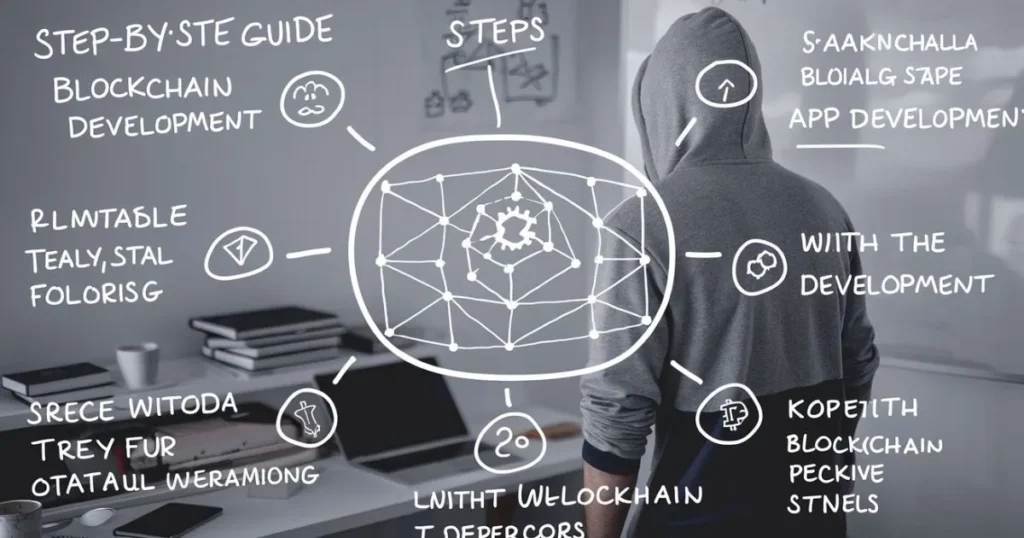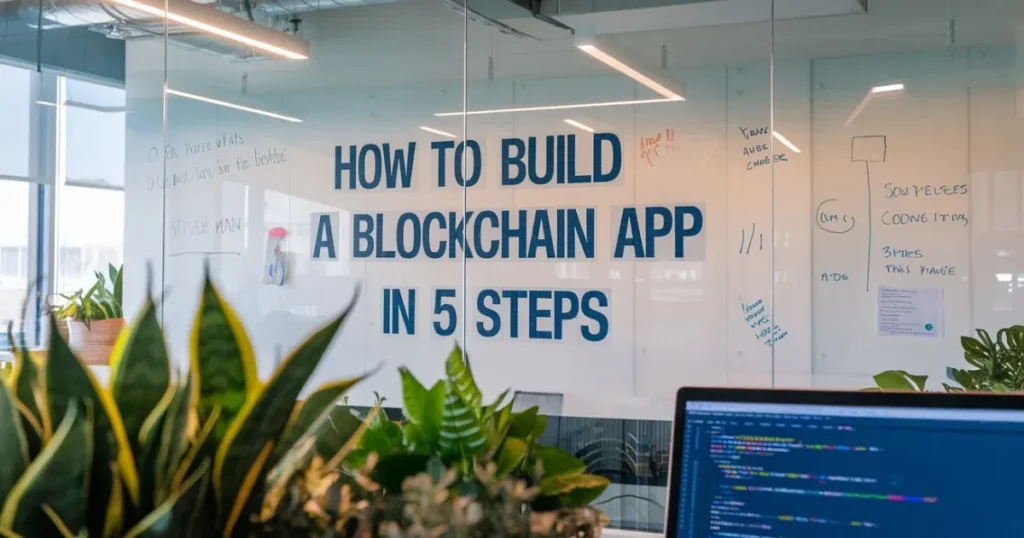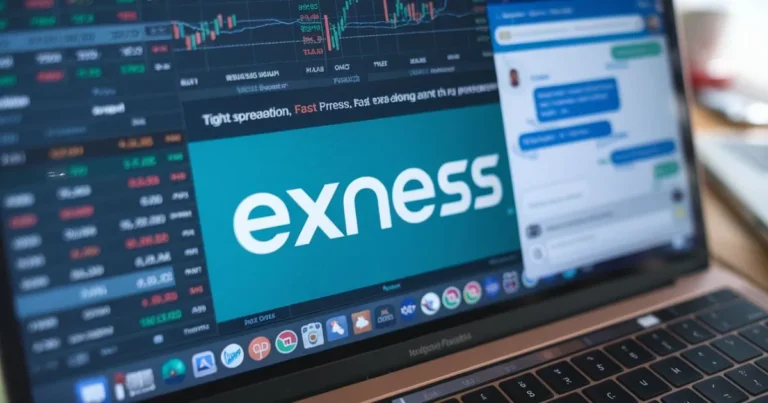
What Are Blockchain Apps?
Blockchain applications, commonly known as decentralized applications (DApps), represent the future of digital innovation. These apps operate on a peer-to-peer decentralized network without relying on a central authority. Unlike traditional apps, which run their backend code on centralized servers, blockchain apps execute their backend processes on distributed networks, making them more secure, transparent, and resistant to censorship.
Blockchain apps are particularly valuable because of their ability to provide a transparent and tamper-proof ledger system. Whether used for financial transactions, data storage, or supply chain tracking, blockchain apps are revolutionizing how industries handle information and transactions.
Blockchain Apps Market Overview
The blockchain app market is witnessing unprecedented growth, with an increasing number of industries embracing this cutting-edge technology. As of 2024, the global blockchain market is forecasted to reach $20 billion, a massive leap from its $1.57 billion valuation in 2018. This growth highlights the rapid adoption of blockchain technology in sectors such as finance, healthcare, gaming, and logistics.
Key players like Ethereum, Binance Smart Chain, and Hyperledger dominate the market, each providing unique functionalities that cater to specific industry needs. The surge in demand for decentralized applications, especially in gaming and finance, has propelled blockchain to the forefront of technological advancements.
Types of Blockchain Apps
Blockchain apps fall into two major categories: financial and non-financial. Financial blockchain apps, such as decentralized exchanges (DEXs) and DeFi (Decentralized Finance) platforms, enable secure and transparent financial transactions without intermediaries. Examples include applications for auctions, prediction markets, and play-to-earn gaming ecosystems. You may want to Read: Exness Broker: Comprehensive Overview and Features
On the other hand, non-financial blockchain apps serve diverse purposes, such as user identification, decentralized storage solutions, and decentralized autonomous organizations (DAOs). These applications leverage the inherent security and transparency of blockchain to revolutionize how businesses manage data and operations.
Top 3 Blockchain Applications
- Alien Worlds: An NFT-based metaverse built on the WAX blockchain, allowing users to explore, collect, and trade digital assets. Alien Worlds offers a dynamic virtual economy where players can earn rewards and participate in Planet DAOs.
- PancakeSwap: A decentralized exchange (DEX) on Binance Smart Chain, enabling users to trade cryptocurrencies and earn through liquidity pools. Its secure and low-cost transactions have made it a favorite in the DeFi ecosystem.
- Splinterlands: A play-to-earn NFT card game that combines strategy, competition, and blockchain technology. Players can earn real-world rewards by collecting, trading, and battling with unique digital cards.
Benefits of Blockchain Apps
The key benefits of blockchain applications are what set them apart from traditional solutions. Here’s why businesses and users are flocking to blockchain:
- Transparency: Every transaction is recorded on a public ledger, providing complete transparency and eliminating the possibility of hidden manipulations.
- Security: Blockchain’s cryptographic algorithms ensure data is secure from unauthorized access, making it difficult to hack or alter once recorded.
- Reduced Costs: By eliminating intermediaries, blockchain apps cut operational costs, especially in financial transactions.
- Censorship Resistance: Decentralized networks are harder to control or censor, offering freedom from external pressures.
- Autonomy for Users: With blockchain apps, users have more control over their data and transactions without needing third-party intermediaries.
Factors to Consider in Blockchain App Development
Developing a blockchain app is no simple task. Several factors must be taken into account to ensure success:
- Blockchain Platform Selection: Choosing the right platform, such as Ethereum or Hyperledger, is crucial. Ethereum offers smart contracts, while platforms like Hyperledger are suited for private enterprises.
- Consensus Mechanism: Depending on your app’s needs, you can choose between Proof of Work (PoW), Proof of Stake (PoS), or other consensus mechanisms to validate transactions.
- Monetization Model: Your app’s profitability may depend on transaction fees, asset sales, or other forms of monetization.
- Security Requirements: Implementing robust security measures is vital, as blockchain apps deal with sensitive data.
- User Experience (UX): While blockchain apps offer advanced technology, it’s important to maintain a simple and user-friendly interface for broader adoption.
Tech Stack for Blockchain App Development
The tech stack is the backbone of any successful blockchain application. Here’s a breakdown of the key technologies often used in blockchain app development:
- Backend Development: For building the backend, developers commonly use Node.js for its high scalability and flexibility.
- Frontend Development: React.js and React Native are often used for web and mobile interfaces due to their component-based architecture and developer-friendly features.
- Smart Contracts: The coding of smart contracts is typically done using Solidity on platforms like Ethereum.
- Database Management: Databases such as PostgreSQL and Redis are used to manage data flow and storage.
- Infrastructure: Cloud platforms like AWS and Heroku are commonly used to host blockchain applications for their scalability and performance. You may want to Read: Unlock Returns: Top Crypto 30x Poised to Boom
How to Build a Blockchain App in 5 Steps

Building a blockchain app can be broken down into five critical steps:
- Analyze the Market: Research your competitors and gather information on the blockchain landscape. Understanding current trends and gaps is vital for a successful product launch.
- Flesh Out the Concept: Refine your app idea by identifying the problem it solves and how it will stand out from competitors. Develop a business plan to guide the project’s direction.
- Sort Out Technical Details: Define the app’s architecture, consensus mechanism, and blockchain network. Choose whether you’ll develop for web, mobile, or desktop.
- Design UI/UX: Develop a seamless, intuitive interface. Even though blockchain apps are advanced, simplicity is key to user adoption.
- Write the Code: Use the appropriate tech stack to bring your app to life. Ensure thorough testing at every stage to guarantee functionality and security.
Our Experience
Over the years, many companies have found success in blockchain app development. For instance, Purrweb, a full-cycle development agency, has built blockchain solutions that include crypto wallets, decentralized exchanges, and gaming applications. These projects highlight the versatility and potential of blockchain technology across multiple sectors.
How Much Does It Cost to Build a Blockchain App?
Building a blockchain app can range from $15,000 to $300,000 or more, depending on complexity, features, and the development team’s expertise. Here’s a rough breakdown:
- Small Projects: A simple blockchain app with basic features may cost between $15,000 and $50,000.
- Medium Complexity Apps: Apps with more advanced features and integrations can range from $50,000 to $150,000.
- Large Enterprise Solutions: Complex applications with sophisticated requirements, like full-fledged DeFi platforms, can cost upwards of $300,000.
Wrapping Up
Blockchain apps are not just a trend; they represent a seismic shift in how businesses and individuals handle data, transactions, and security. With transparency, security, and autonomy as the pillars of blockchain technology, the potential applications are vast and varied. From financial services to gaming and supply chain management, blockchain is transforming industries at an unprecedented pace. Whether you’re a startup or a large enterprise, now is the time to explore blockchain’s potential to revolutionize your business.
conclusion, developing a blockchain app is an intricate but rewarding process. With the right strategy, technology, and team, you can harness the power of blockchain to drive innovation and achieve success. You may want to Read: White Oak Global Owes $100 Million Plus Over N.Y. Nurse Pensions
FAQs
How much does it cost to develop a blockchain application?
The cost to develop a blockchain application ranges from $15,000 to $300,000, depending on the app’s complexity, features, and platform choice.
How to develop a blockchain app?
Developing a blockchain app involves five key steps: market analysis, refining your concept, sorting technical details, designing a user-friendly UI/UX, and writing the code using the right tech stack like Node.js and Solidity.
What are the benefits of blockchain app development?
Blockchain apps offer unmatched security, transparency, reduced operational costs, and user autonomy. They provide decentralized solutions, making them ideal for industries like finance, healthcare, and gaming.
How much does the blockchain platform cost?
Blockchain platform costs vary, with public platforms like Ethereum having transaction fees, while private platforms may require infrastructure and maintenance expenses.
Which technology is best for developing a blockchain app?
For blockchain app development, Ethereum (for smart contracts) and Node.js (for backend) are popular choices due to their robust ecosystems and developer support.
Can I create my blockchain platform?
Yes, you can create your blockchain platform by choosing the right consensus mechanism, setting up a network, and building from scratch using technologies like Hyperledger or Ethereum for a custom solution.

Stay updated with the latest news and trending topics on my blogging website. From breaking stories to in-depth analyses, I bring you the most relevant updates concisely and engagingly!




